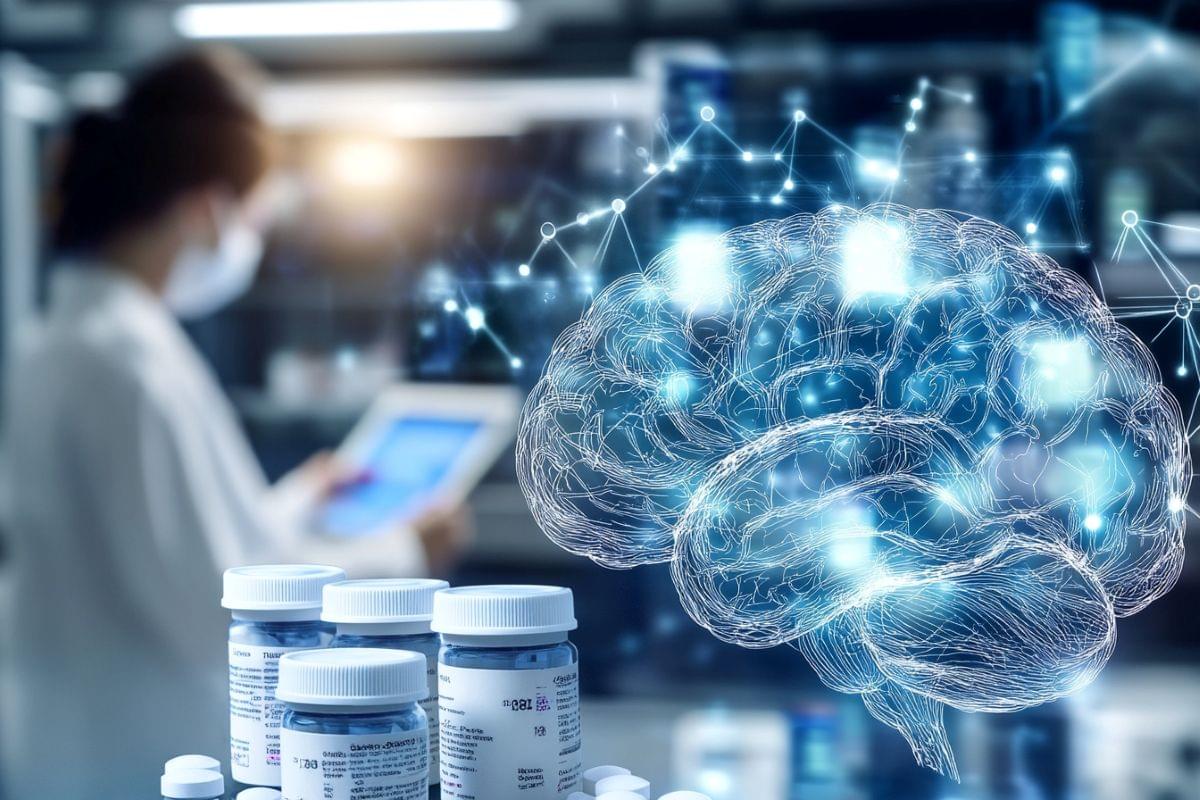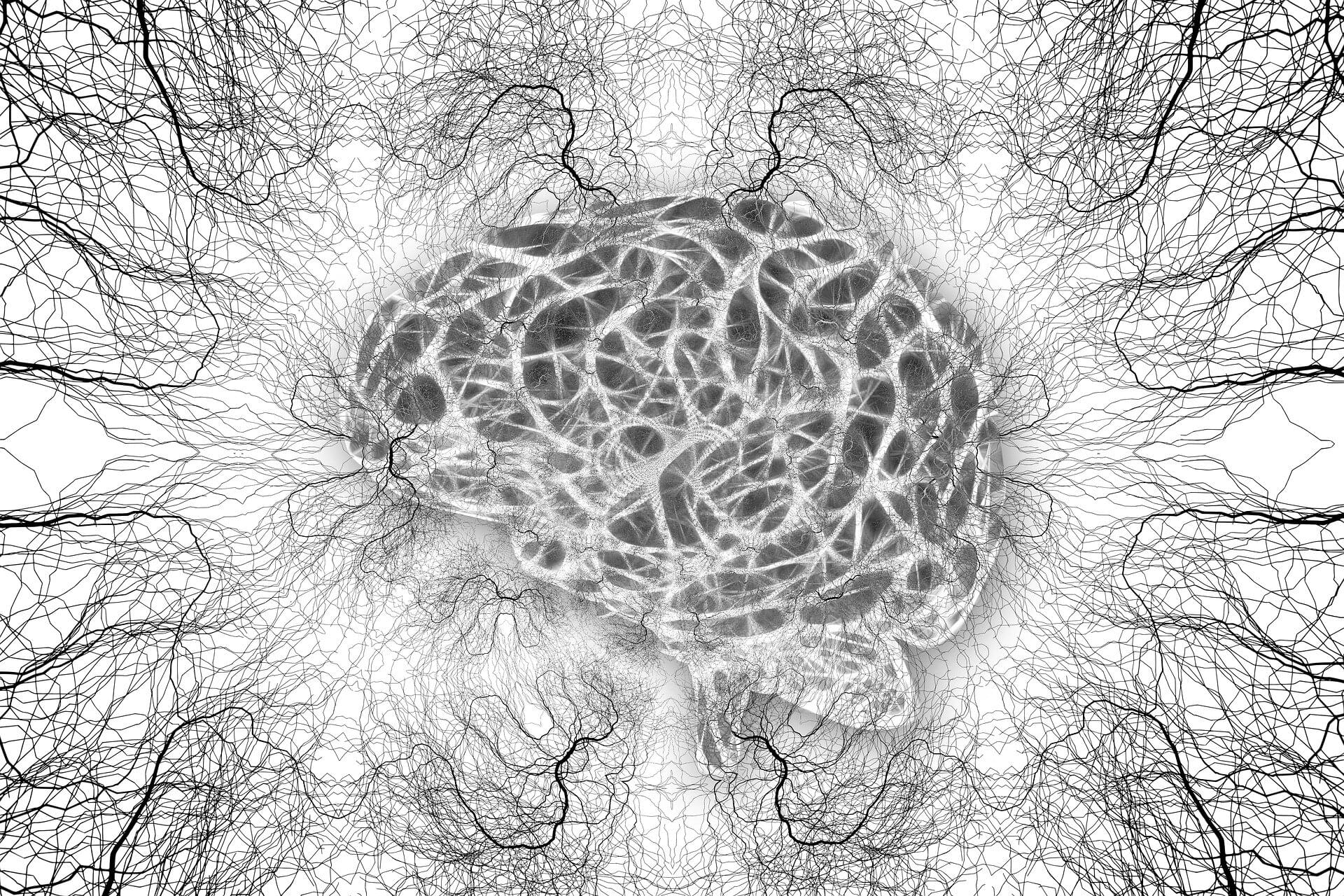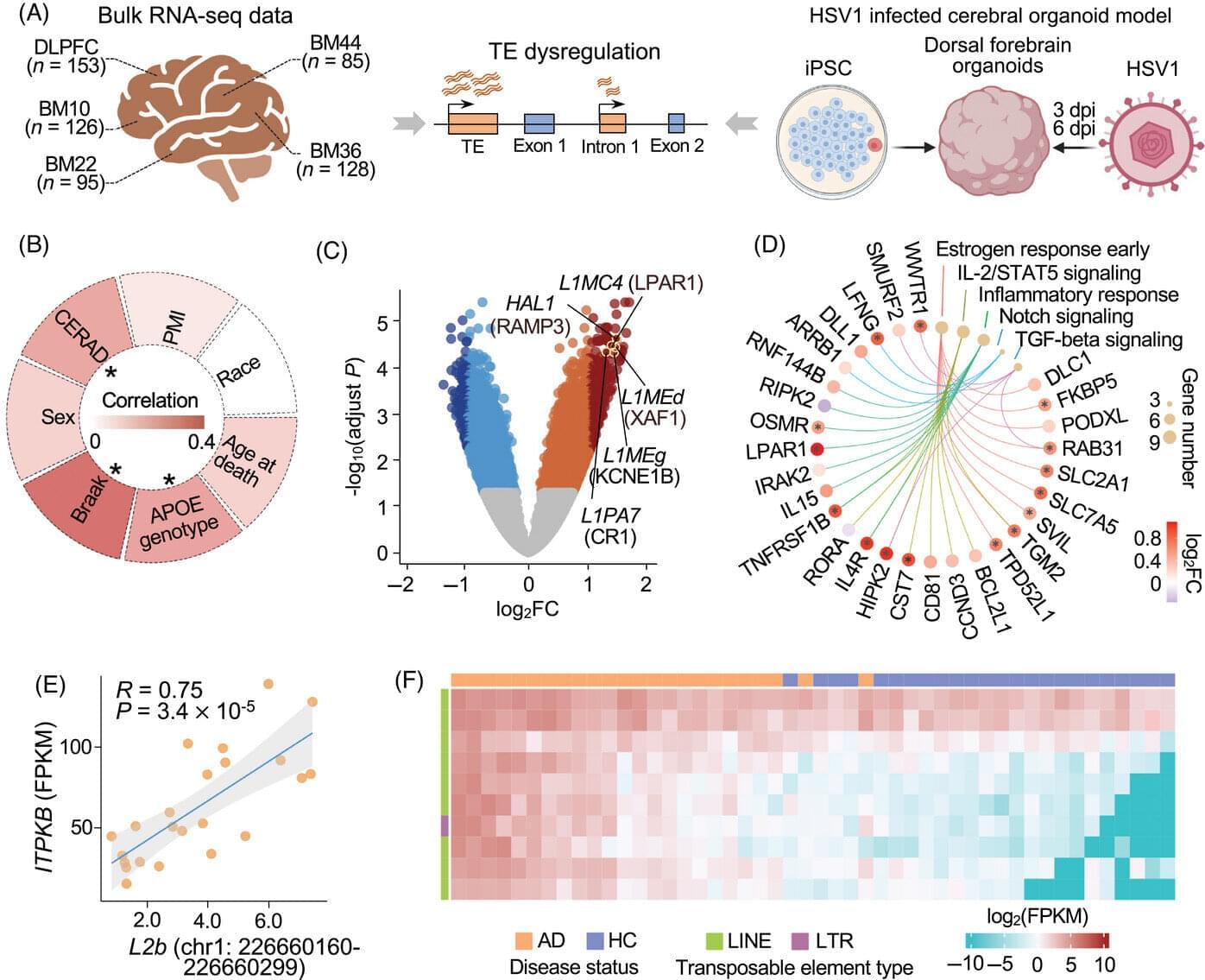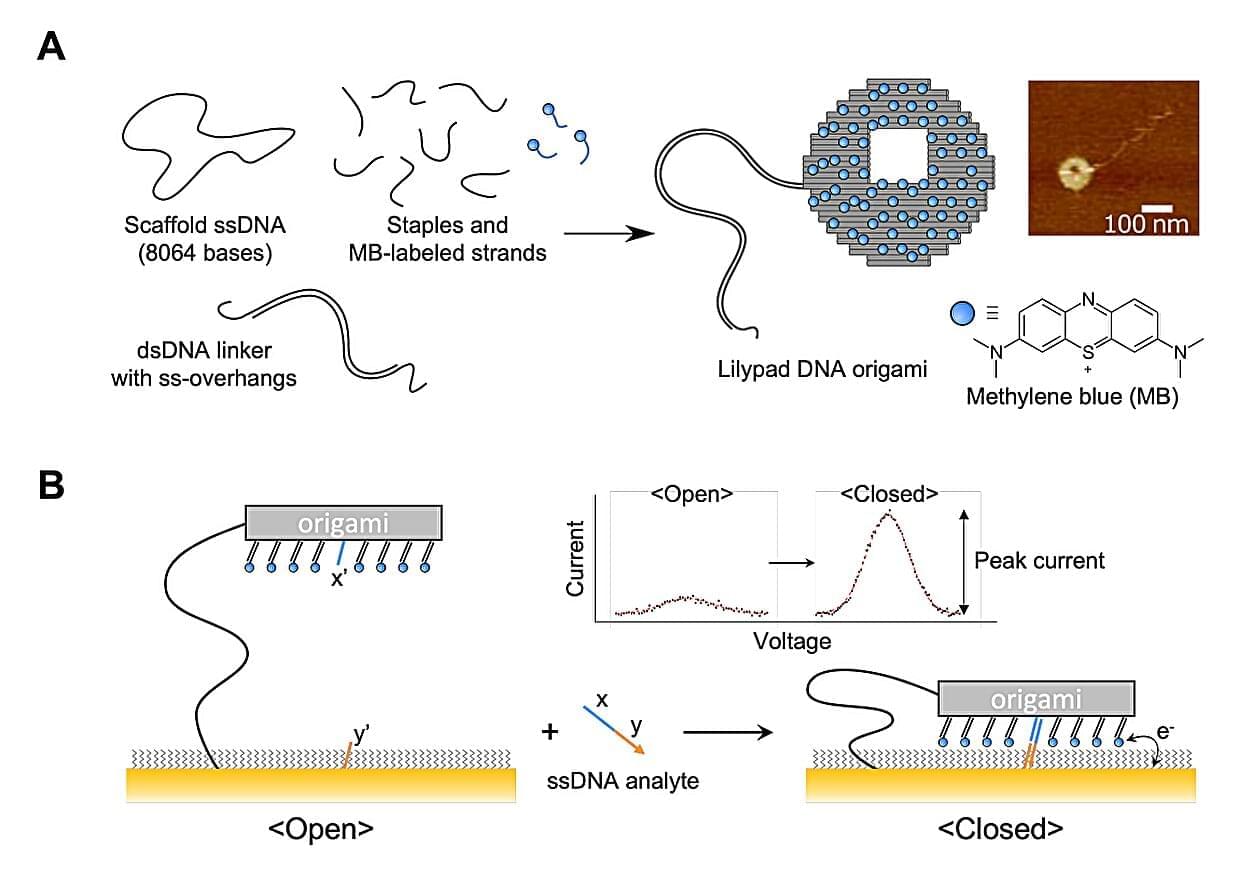A large study of 18,740 dementia patients found that those taking antidepressants experienced faster cognitive decline compared to those who were not medicated.
Selective serotonin reuptake inhibitors (SSRIs), particularly escitalopram, citalopram, and sertraline, were associated with the greatest deterioration.
Mirtazapine, which works differently from SSRIs, had a milder impact on cognitive function.
While depression itself can worsen dementia symptoms, it remains unclear whether the decline is due to the medication or the underlying condition.
Researchers emphasize the need for more individualized treatment approaches to balance mental health benefits with potential cognitive risks.
Future studies will explore whether specific dementia types or biomarkers influence antidepressant effects.





